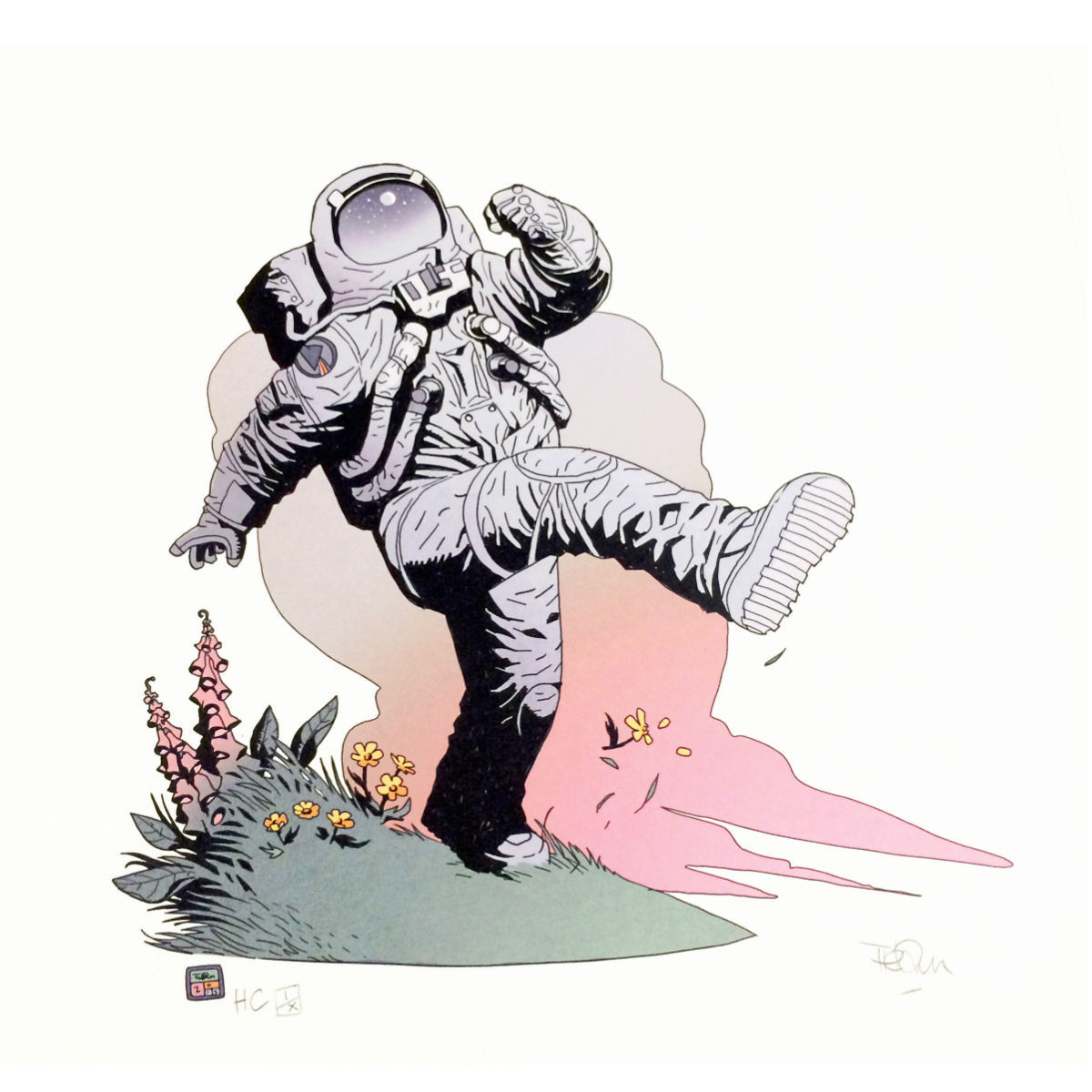 Wish You Were Here Symphonic
Wish You Were Here Symphonic
Pete Smith, the mastermind behind the successful Us and Them: Symphonic Pink Floyd, returns with another ambitious project: Wish You Were Here Symphonic. This album, much like its predecessor, takes the iconic music of Pink Floyd and reimagines it through a symphonic lens. For guitar enthusiasts particularly, and fans of Pink Floyd’s intricate soundscapes, this album offers a fascinating new perspective on familiar classics. Smith, echoing Pink Floyd’s own history of collaboration, has gathered musicians from across the globe, including the talented New Zealand maestro Peter Scholes, who is responsible for the album’s stunning arrangements and conducting.
While surprisingly, the album begins with a non-symphonic rendition of “Wish You Were Here” featuring Alice Cooper’s distinctive vocals, it’s the symphonic orchestrations that truly steal the show. For those drawn to the emotive guitar work of David Gilmour in the original Pink Floyd tracks, the orchestral arrangements present a compelling alternative voice. It’s a bold choice to open with a non-symphonic track, especially given the album’s title, and some may find themselves yearning for the orchestral textures from the outset.
However, any disappointment is quickly dispelled by the brief orchestral warm-up that follows. This short interlude acts as a perfect palate cleanser, preparing the listener for the symphonic grandeur that unfolds in “Shine On You Crazy Diamond, Pt. I-V.” The familiar opening chords, originally carried by Gilmour’s iconic guitar, are now embraced by a full symphony orchestra. The industrial and somewhat stark ambience of the original is transformed, enhanced by an ethereal orchestral arrangement that carries the melody, taking on the role traditionally held by vocals and, crucially, Gilmour’s expressive guitar lines. This track immediately highlights the core appeal of the album: hearing Pink Floyd’s music, so deeply rooted in guitar-driven melodies and textures, translated into a rich orchestral language.
Alice Cooper reappears on “Welcome to the Machine,” a track known for its stark and mechanical sound, originally punctuated by synthesizers and, again, the absence of traditional guitar in its most recognized form. Cooper’s vocal style, perhaps surprisingly, fits well here, amplifying the song’s critique of the music industry. The orchestral arrangement adds layers of depth to the song’s bleakness, offering a different kind of sonic texture compared to the original’s synth-heavy landscape. While guitar isn’t central to the original composition, the symphonic version maintains the industrial feel, replacing electronic textures with orchestral equivalents.
“Have a Cigar” features the London Orion Orchestra, and here the symphonic arrangements truly become exhilarating. The original track, with its memorable guitar riffs and solos, is given a new dimension. The orchestra doesn’t simply replace the guitar; instead, it interweaves with top-notch electric guitar work that gradually rises in prominence throughout the song. This track showcases how the album can be both a symphonic reimagining and a celebration of the electric guitar’s role in Pink Floyd’s music. The interplay between the orchestra and the electric guitar is a highlight, offering a fresh perspective even for listeners deeply familiar with the original guitar parts.
Following the original album’s track order, “Have A Cigar” transitions into an instrumental version of “Wish You Were Here” performed by Australian Pink Floyd. While Aussie Floyd are commended for capturing the tenderness and melancholy of the original, particularly the nuances of Gilmour’s guitar playing, the review notes a slight lack of the “lush symphonic thrills” experienced in the preceding tracks. For listeners drawn to the album for its symphonic interpretations, this track might feel like a step back, albeit a respectful and well-executed one. It serves as a reminder of the original’s guitar-centric beauty, even within a symphonic context.
The second half of “Shine On You Crazy Diamond” is followed by a bonus: a symphonic rendition of “Eclipse” from Dark Side of the Moon. This addition is a welcome treat, expanding the album’s scope beyond just Wish You Were Here and offering a symphonic take on another Pink Floyd classic. While not originally from the Wish You Were Here album, its inclusion enhances the overall appeal for Pink Floyd enthusiasts.
The album’s artwork, created by Tiernen Trevallion, is also noteworthy. Trevallion’s interpretation of the iconic Wish You Were Here artwork cleverly updates the imagery, replacing business suits with space suits and incorporating lyrics into the design. The symbolism, including a pig gorging on money, effectively conveys a similar sense of critique and disillusionment as the original, but with a modern and visually striking approach. The artwork enhances the album’s overall thematic coherence.
 Wish You Were Here Symphonic Back Cover
Wish You Were Here Symphonic Back Cover
Ultimately, Wish You Were Here Symphonic is a successful and enjoyable album, particularly for Pink Floyd fans and those curious about symphonic interpretations of rock classics. While guitar purists might initially approach with skepticism, the album offers a compelling and often exhilarating reimagining of Pink Floyd’s music. It highlights the enduring strength of the compositions, proving they can translate beautifully into a symphonic context. For those who appreciate both orchestral arrangements and the legacy of Pink Floyd’s guitar-driven sound, this album is definitely worth exploring. Pete Smith’s debut as a solo producer is a resounding success, leaving listeners eager for potential symphonic treatments of other Pink Floyd masterpieces. Where will he go from Here?
 Wish You Were Here Symphonic Art Print
Wish You Were Here Symphonic Art Print
